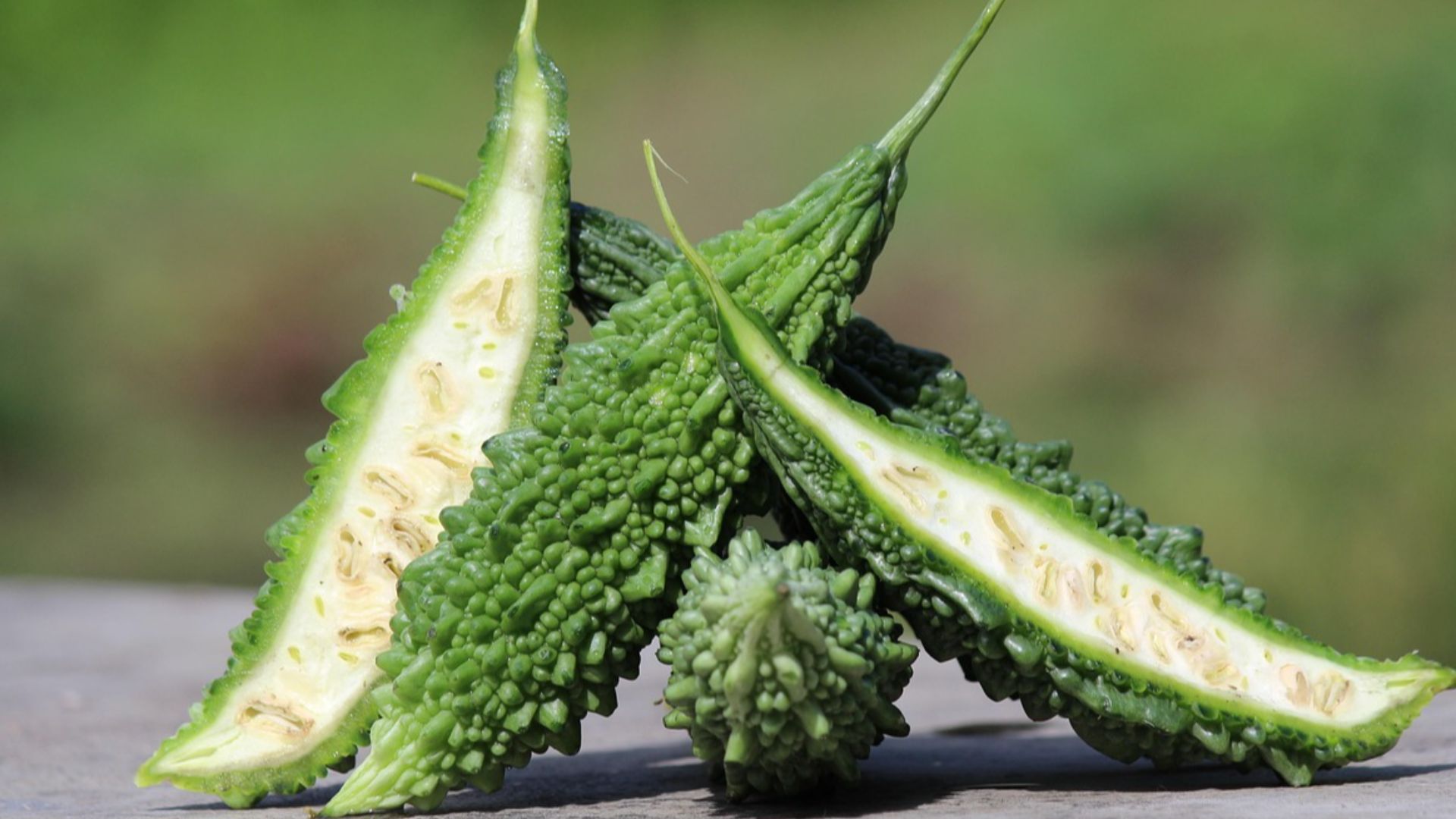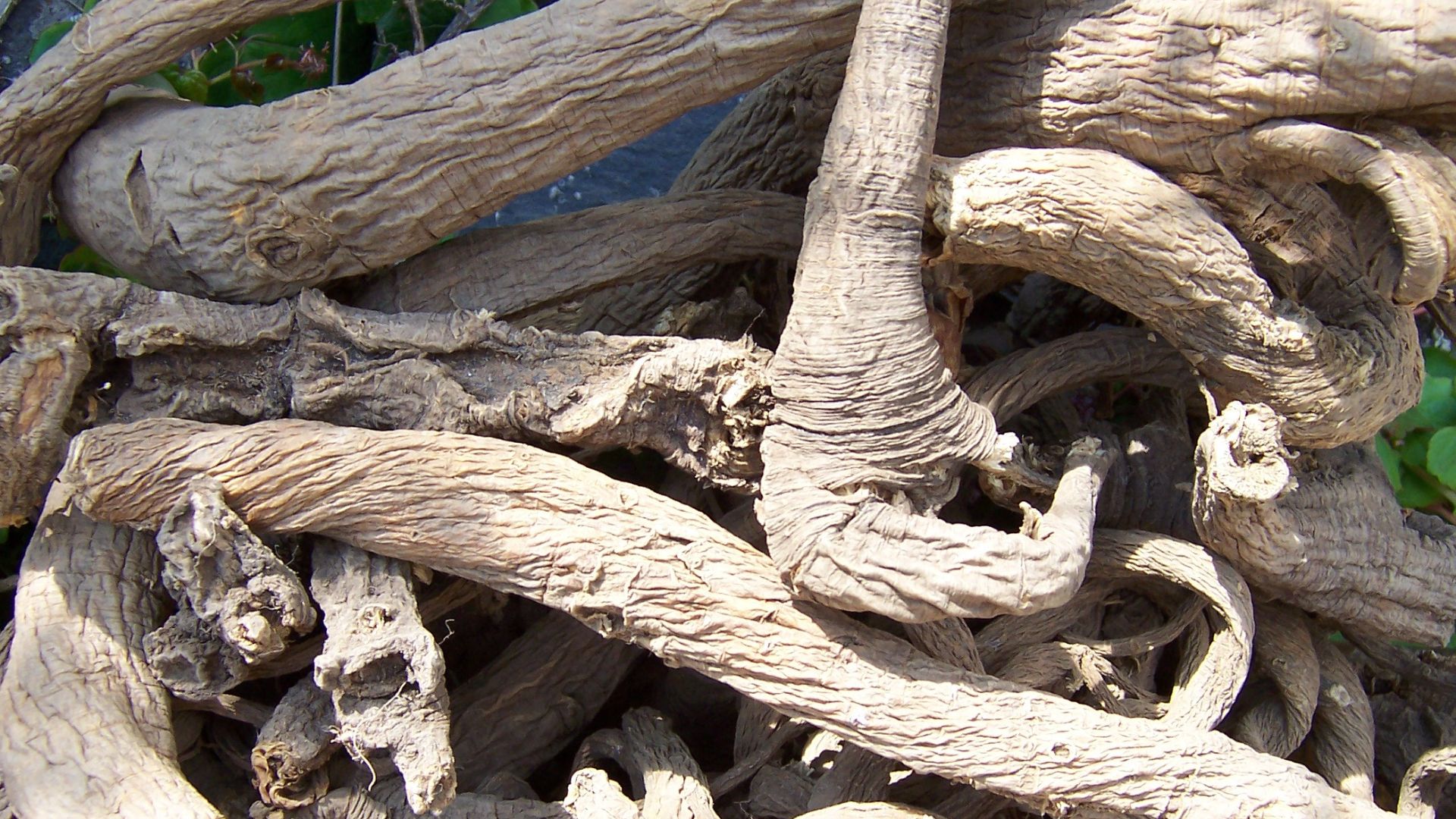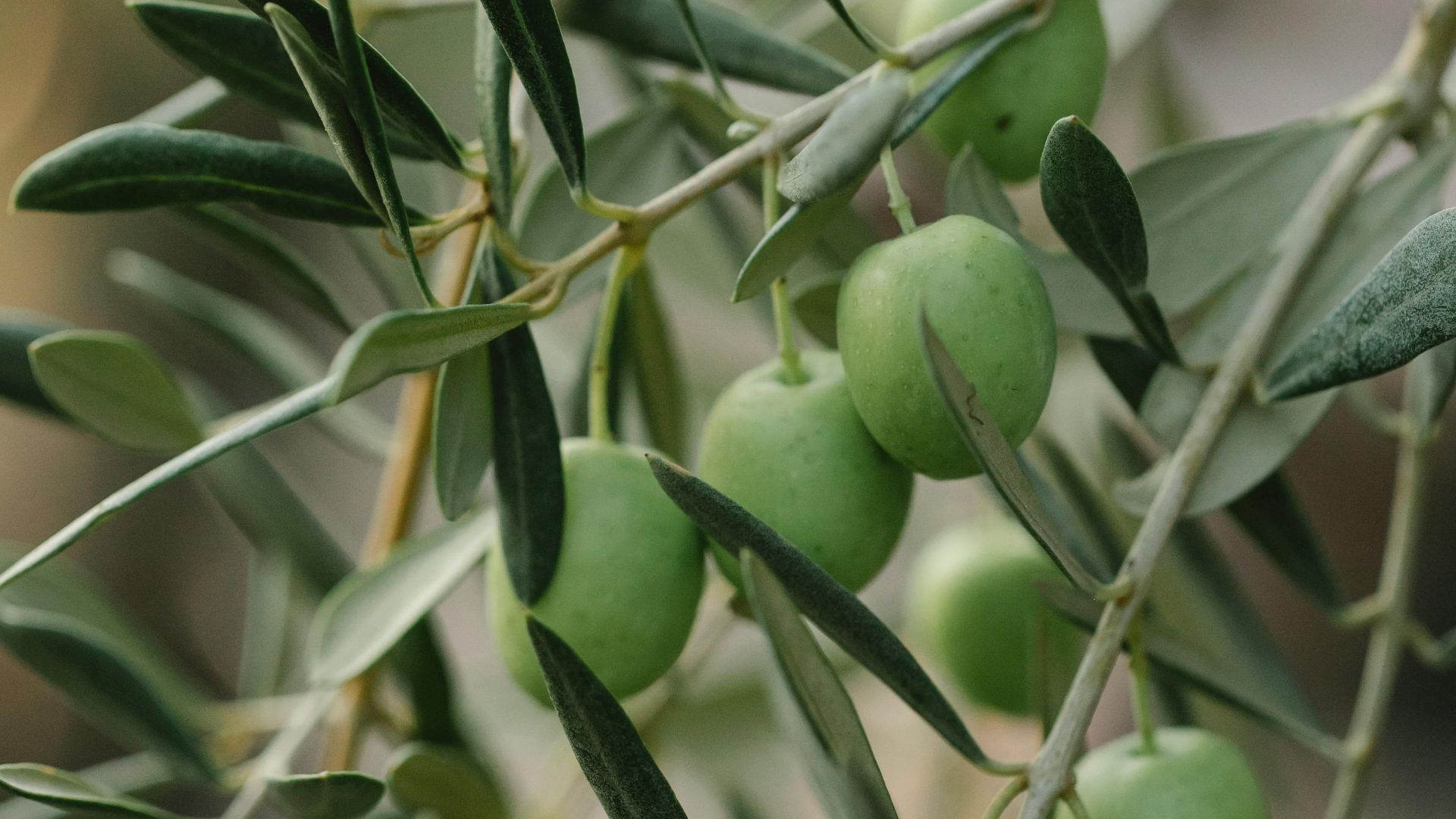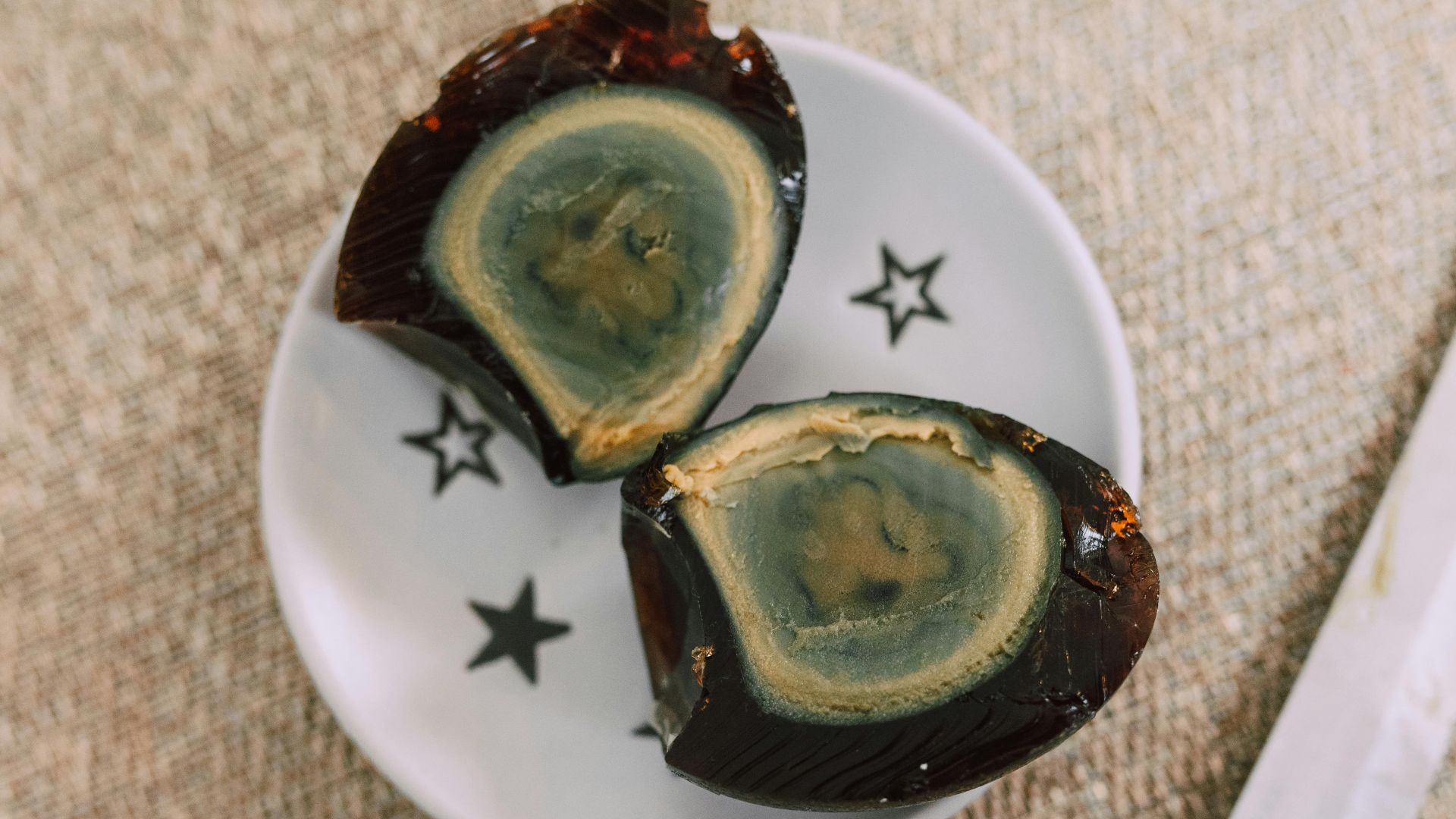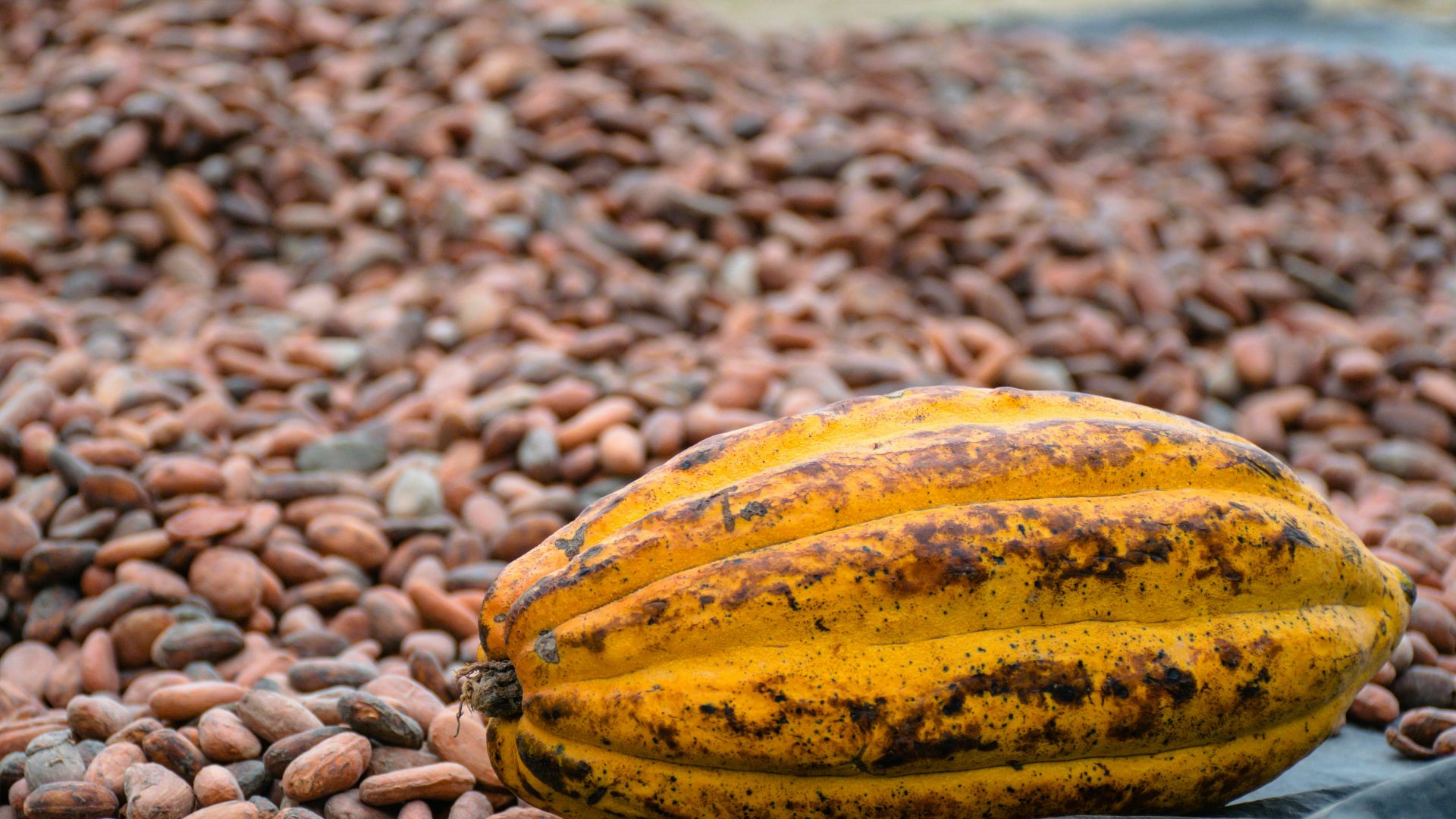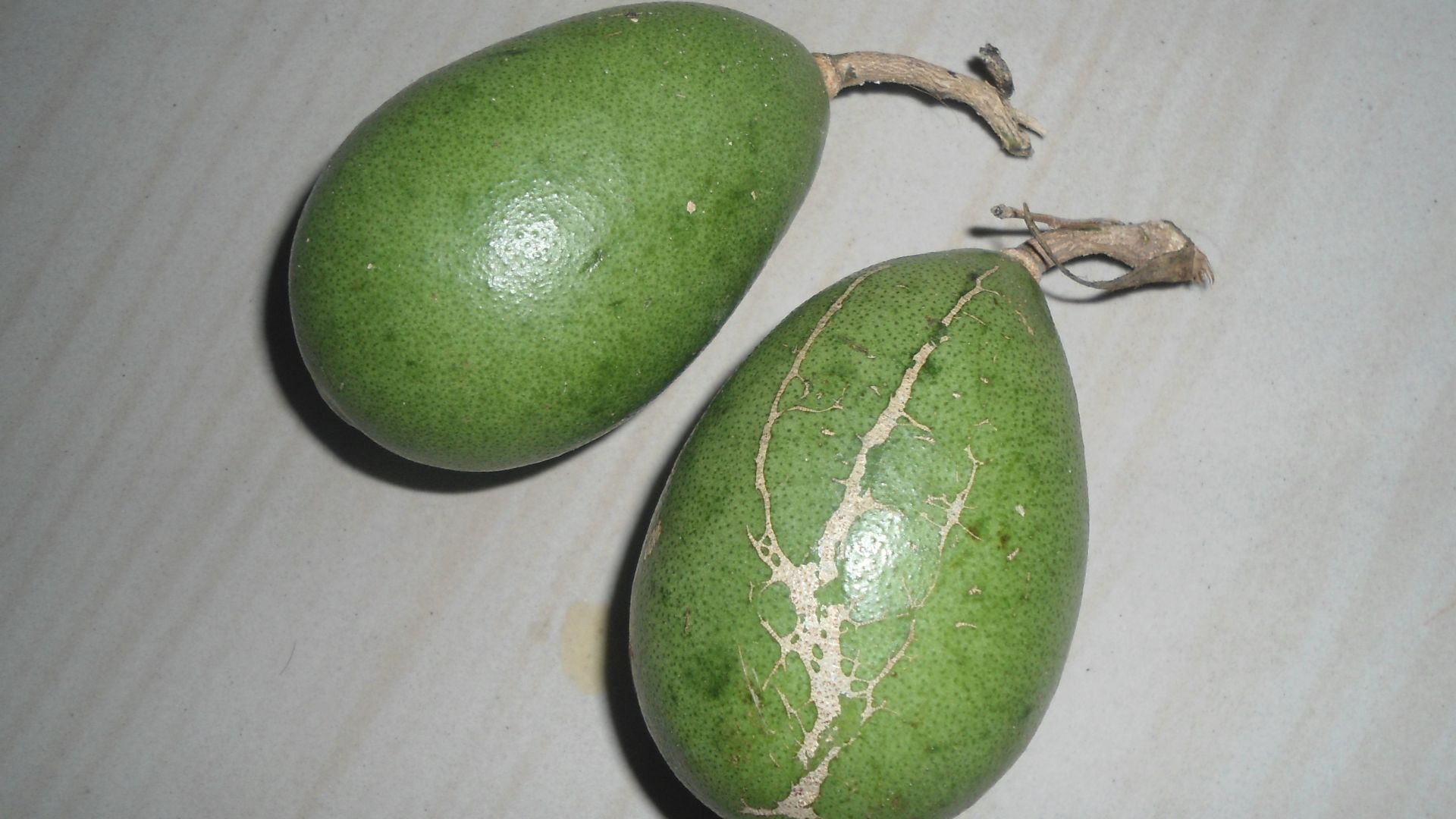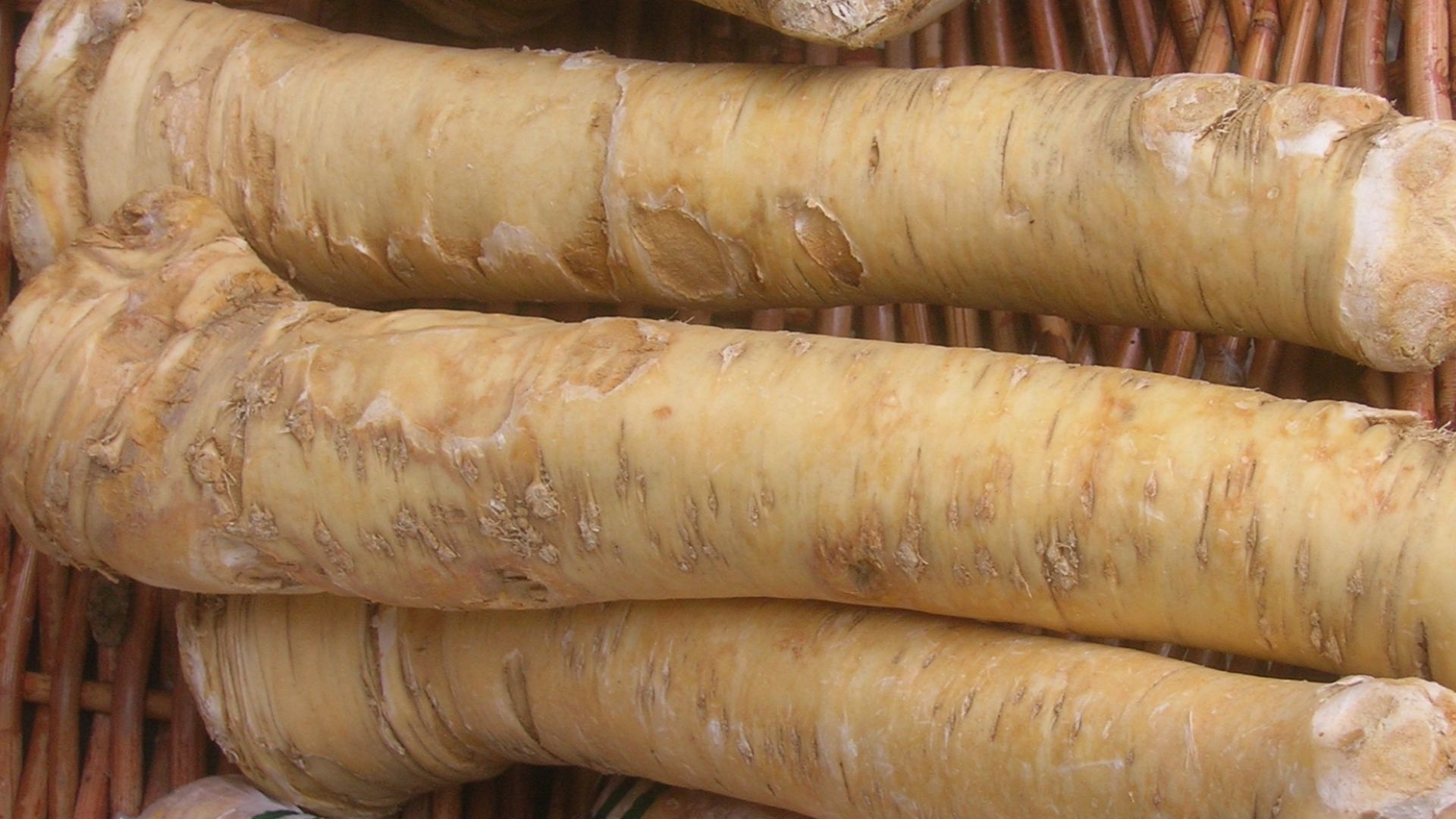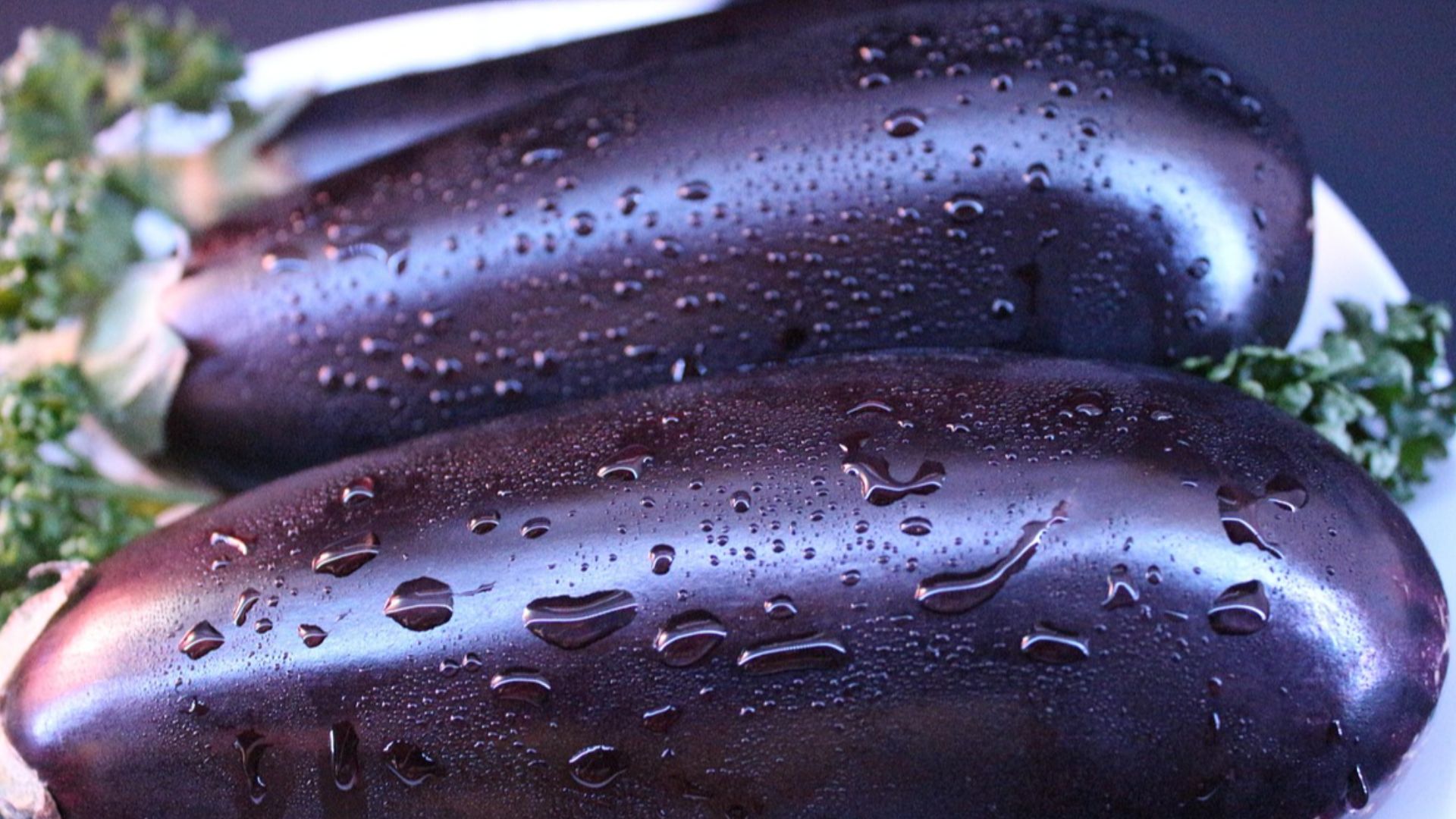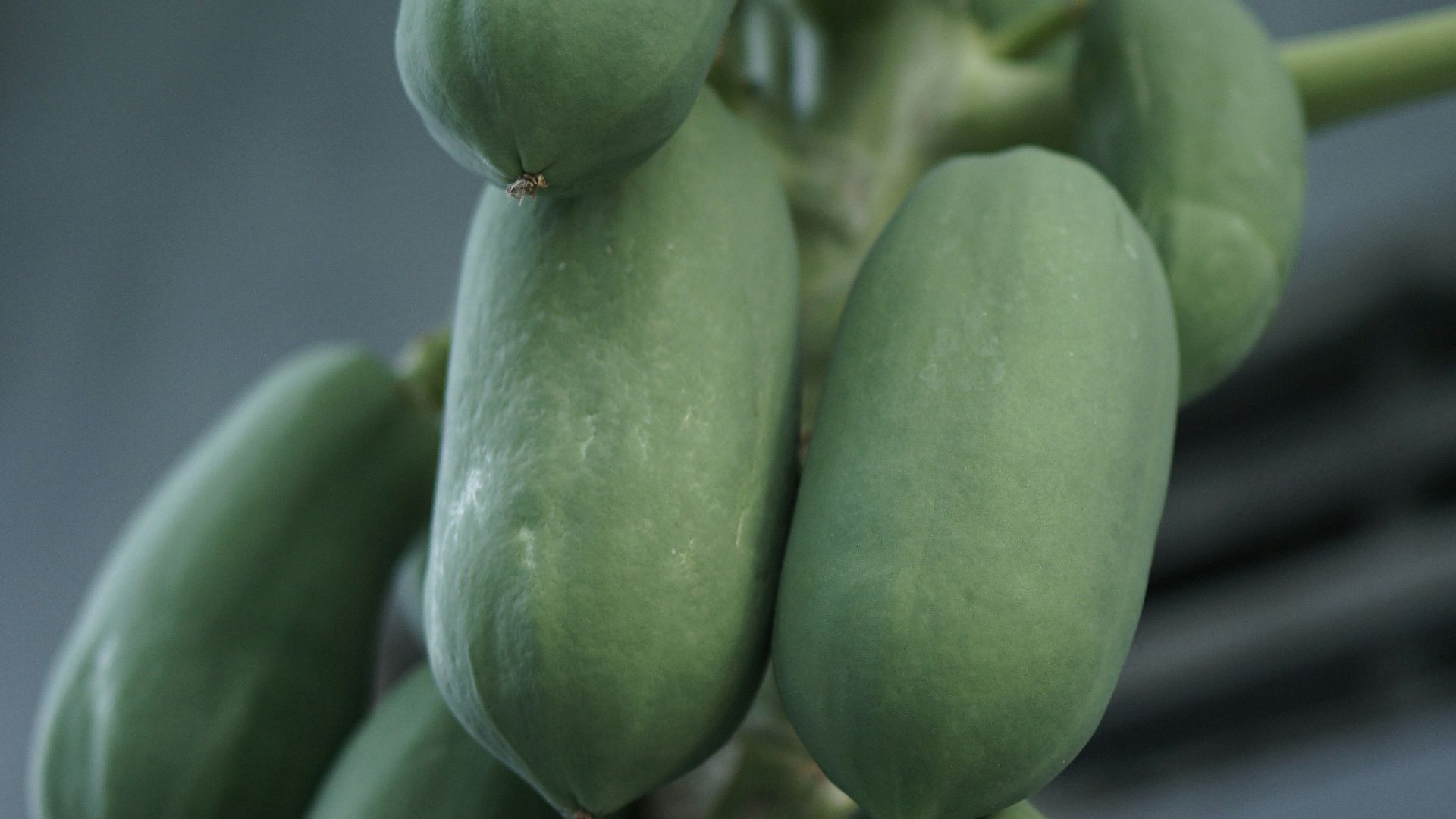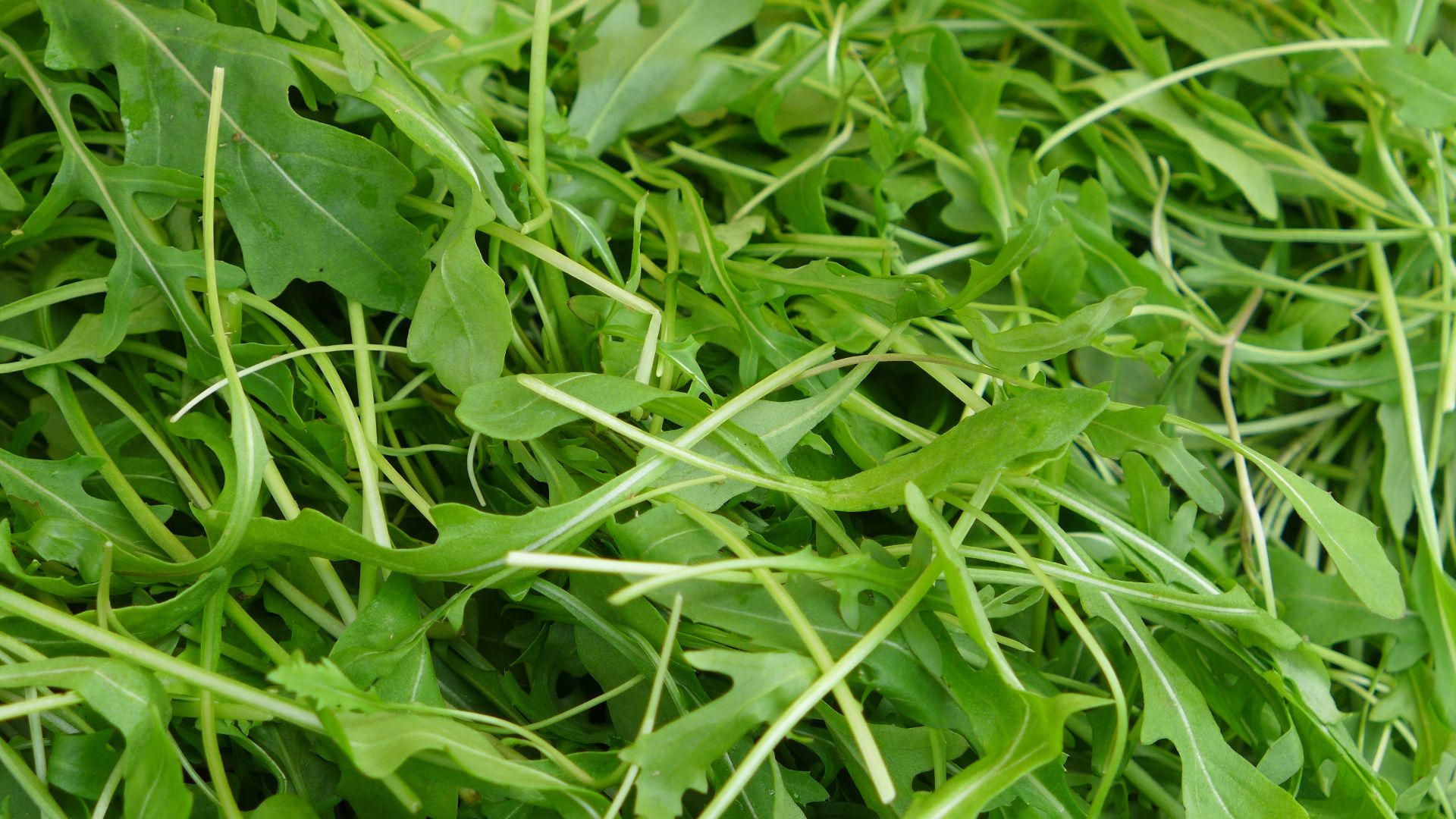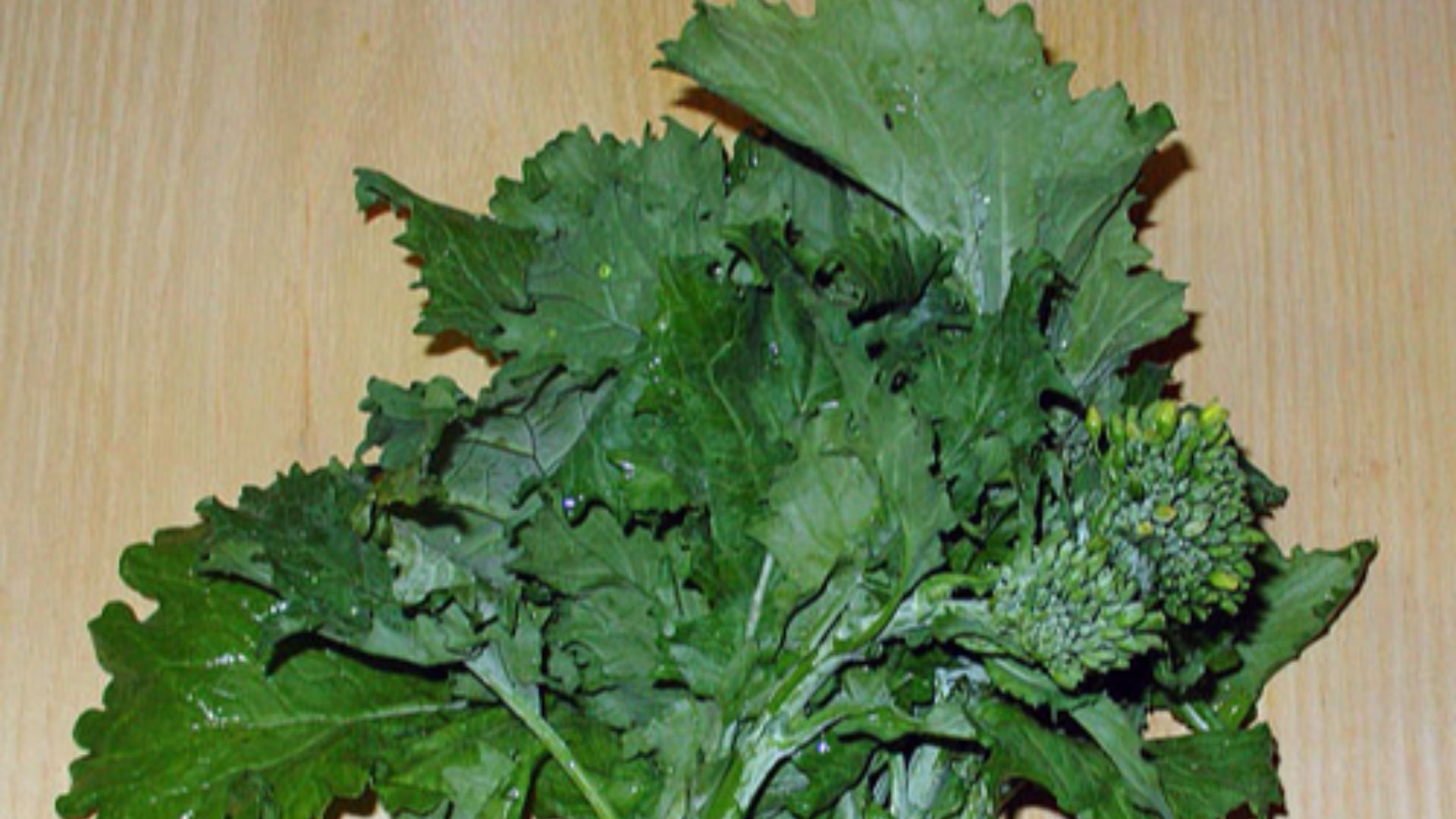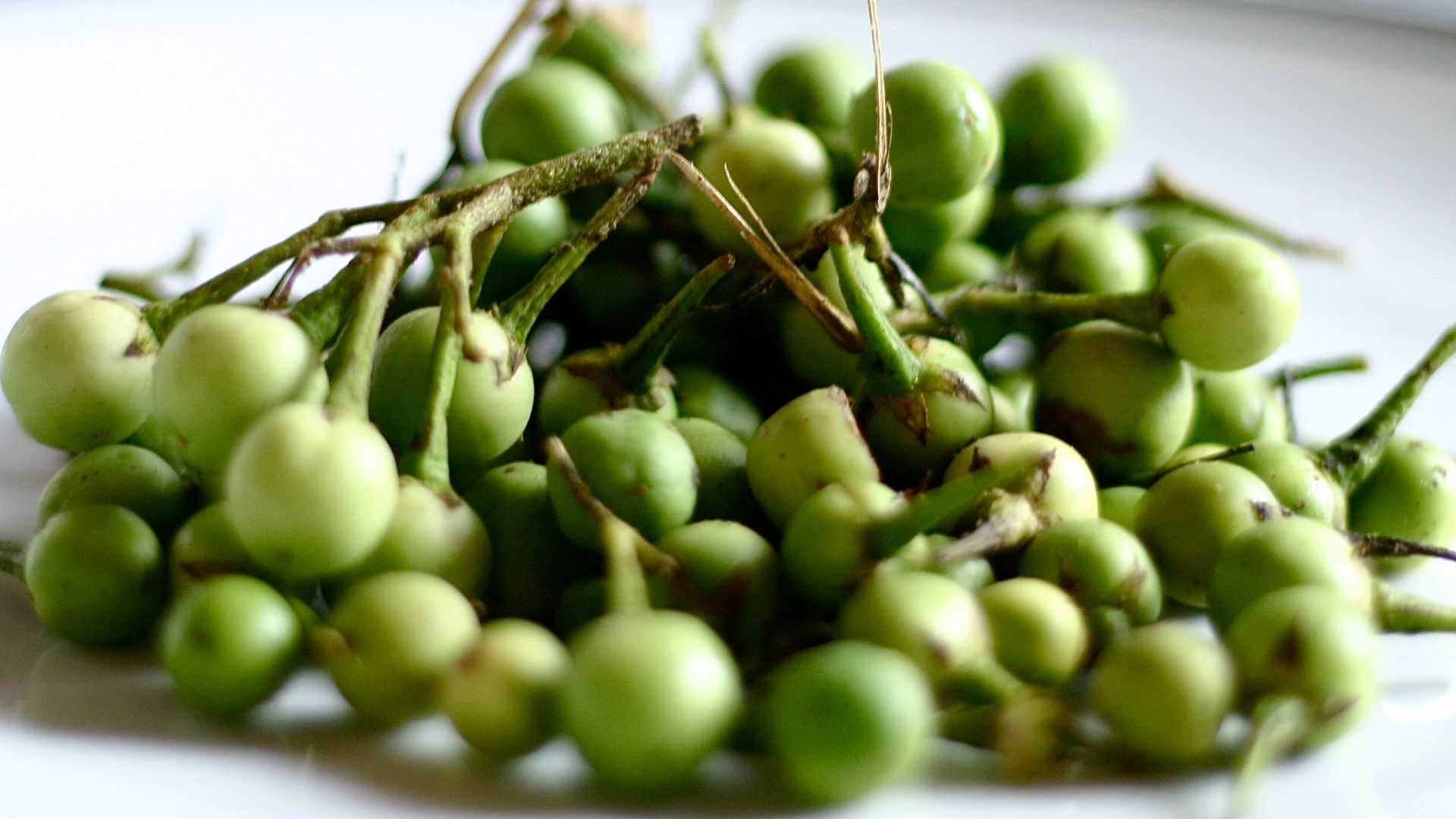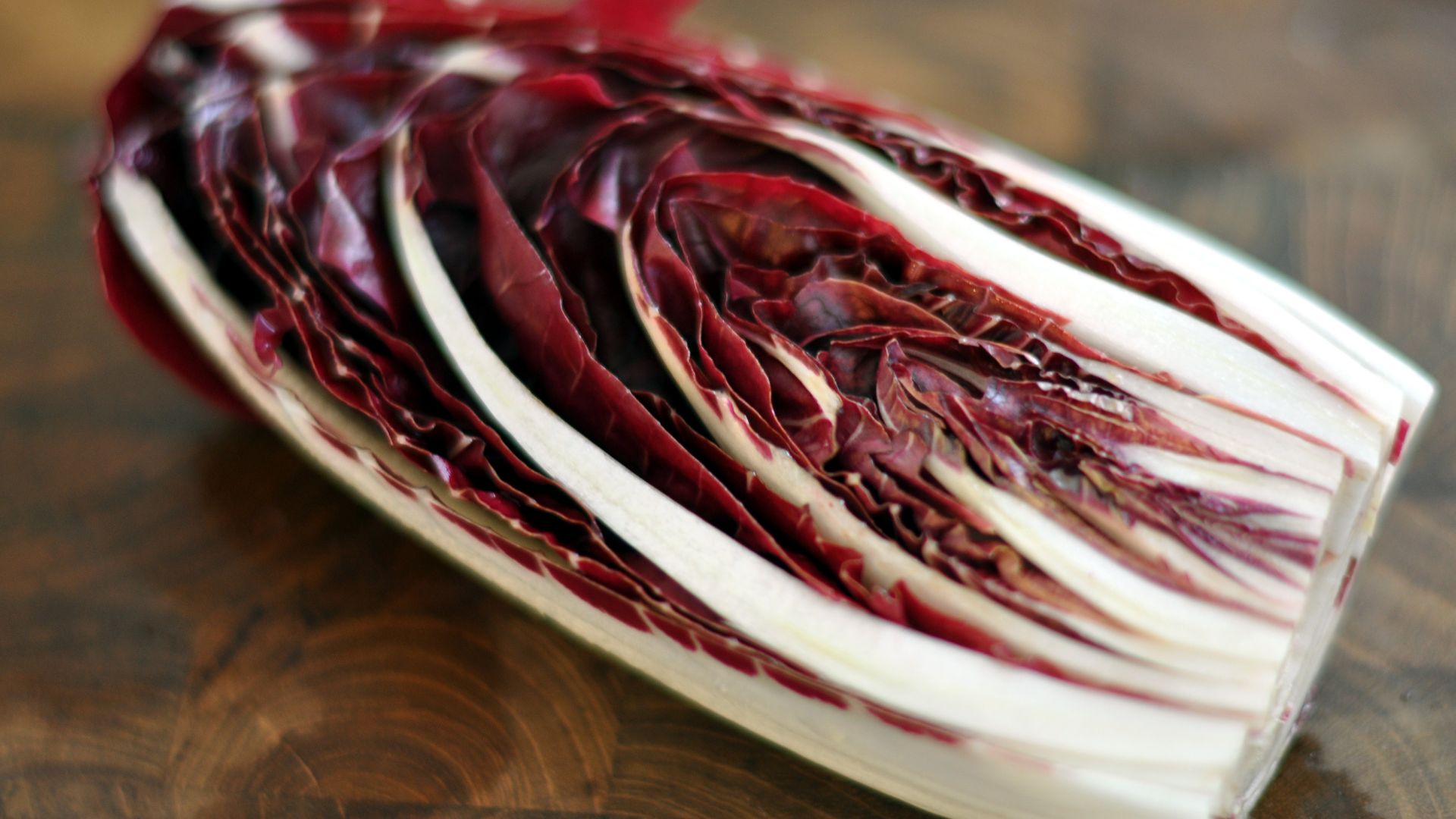For Palates That Like Drama
Not all flavors aim for comfort. Some challenge you a little and make you think twice before you jump into the next bite. Bitterness has that effect. It's not everyone's cup of tea, but it doesn't have to be. This list is full of gutsy tongue cringers. Let's chew through it together.
1. Bitter Melon
Bitter melon's bitterness comes from the compound momordicin, and while it may surprise the unprepared, it adds incredible depth to savory dishes. Pair it with something sweet, like tomato, or add salty soy sauce to take the edge off.
2. Dandelion Greens
While these greens can dominate a salad, they shine when paired with rich, fatty dishes. Try them with a crispy bacon topping, or mix them into creamy pasta to mingle the flavors together. The taste comes from sesquiterpene lactones.
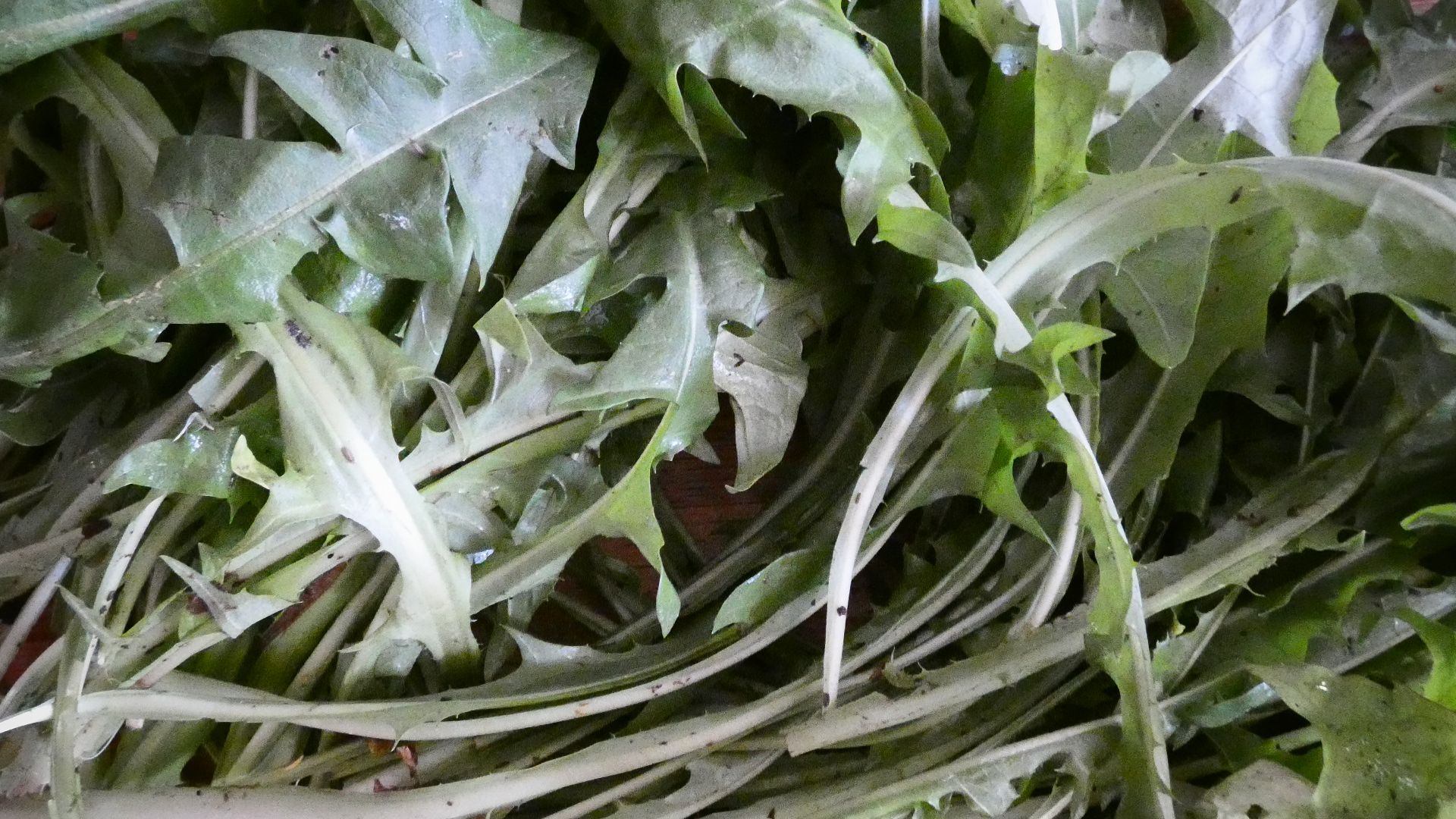 Arnaud Loire Atlantique on Wikimedia
Arnaud Loire Atlantique on Wikimedia
3. Gentian Root
Gentian root brings a distinct bitter taste from bitter glycosides, often used in small doses for cocktails. In food, it’s valued as a stomachic and can be found added to stews and vegetables to impart a unique flavor.
4. Mugwort Leaves
A quick bite of mugwort might leave you wondering if you've just tasted a wild herb. It's all due to those bitter essential oils. Common in Korean rice cakes, mugwort makes your taste buds sit up and pay attention. Side note: they are a popular skincare ingredient in South Korea.
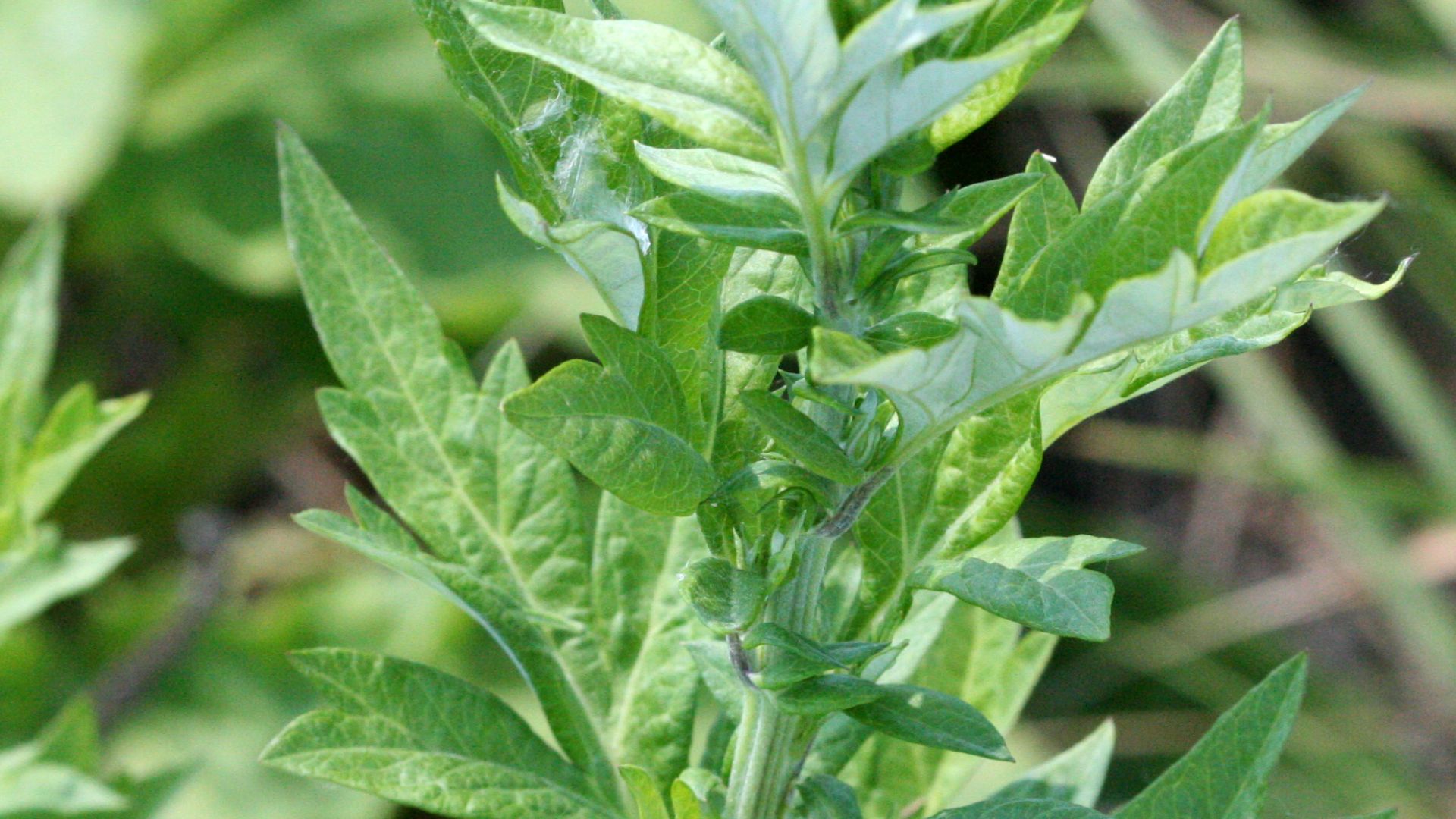 R. A. Nonenmacher on Wikimedia
R. A. Nonenmacher on Wikimedia
5. Raw Olive Skins
Imagine biting into an olive straight off the tree. You'd be hit with a sharp, almost medicinal bitterness. That's oleuropein at work, a compound that makes raw olives practically inedible. But after curing, they become the salty, briny treat you enjoy in Mediterranean dishes.
6. Fenugreek Seeds
Fenugreek seeds offer a bitter but nutty flavor that sneaks up on you. They're perfect for adding complexity to curries. Prior to being used in cooking, the seed is often soaked to reduce its sharpness and enhance its maple-like aroma.
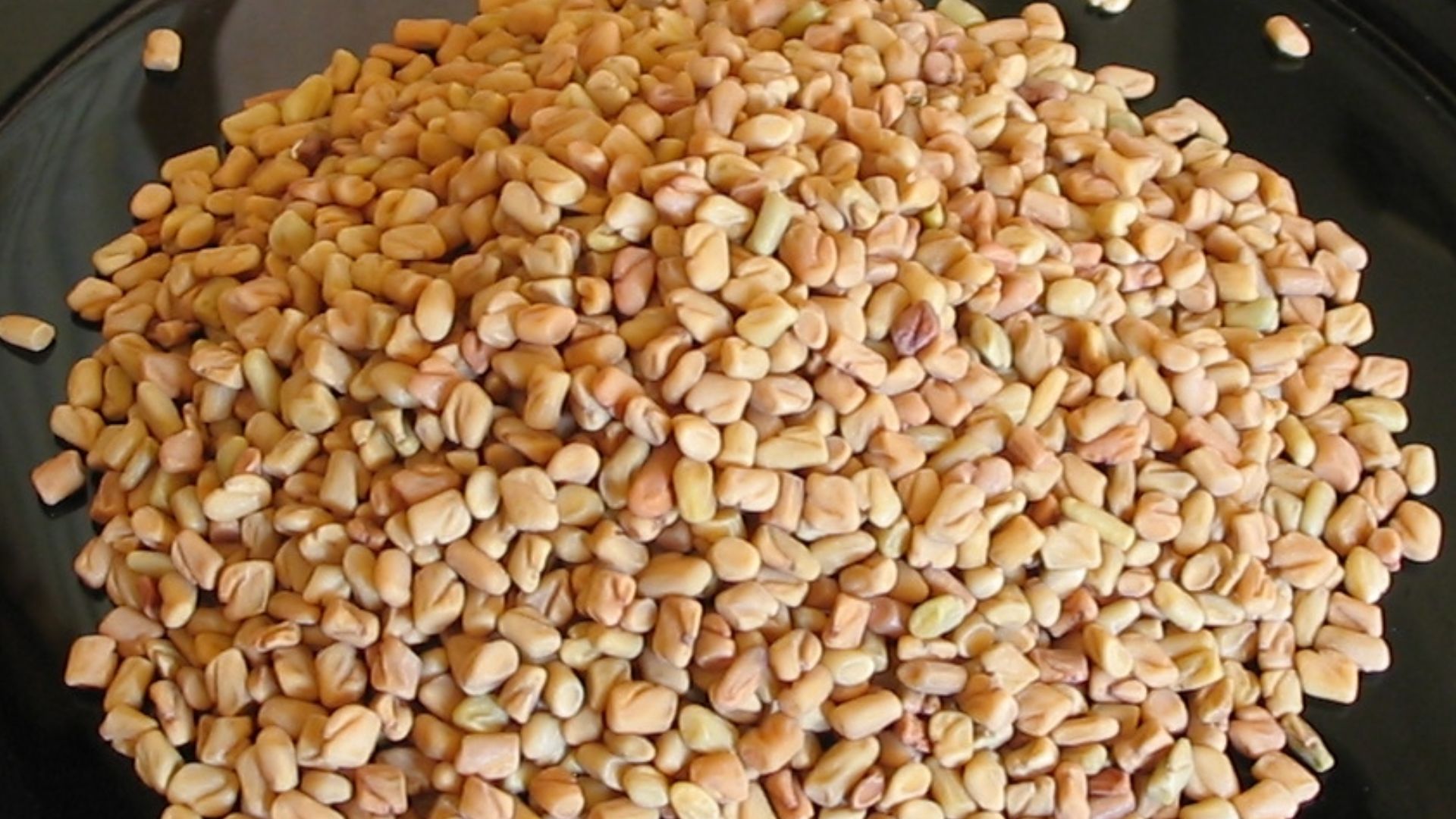 Humbads at en.wikipedia on Wikimedia
Humbads at en.wikipedia on Wikimedia
7. Fermented Century Eggs
These can be polarizing foods because of their strong bitterness and ammonia-like aroma. Social media posts by users of Asian descent frequently recommend mixing century eggs with a sauce made of ginger, soy sauce, and vinegar to eat with rice for those who find it to be pungent.
8. Raw Cacao
Raw cacao also comes with a punch of bitterness before it becomes the chocolate we know and love. The alkaloids, like theobromine, contribute to the taste. Often ground into nibs and used in baking, it adds intense depth to brownies and cakes.
9. Raw Mustard Greens
Mustard greens don't shy away from their bold, fiery bitterness. The peppery aftertaste that lingers is all because of the sinigrin compound. The flavor is more pronounced in younger leaves with higher sinigrin levels.
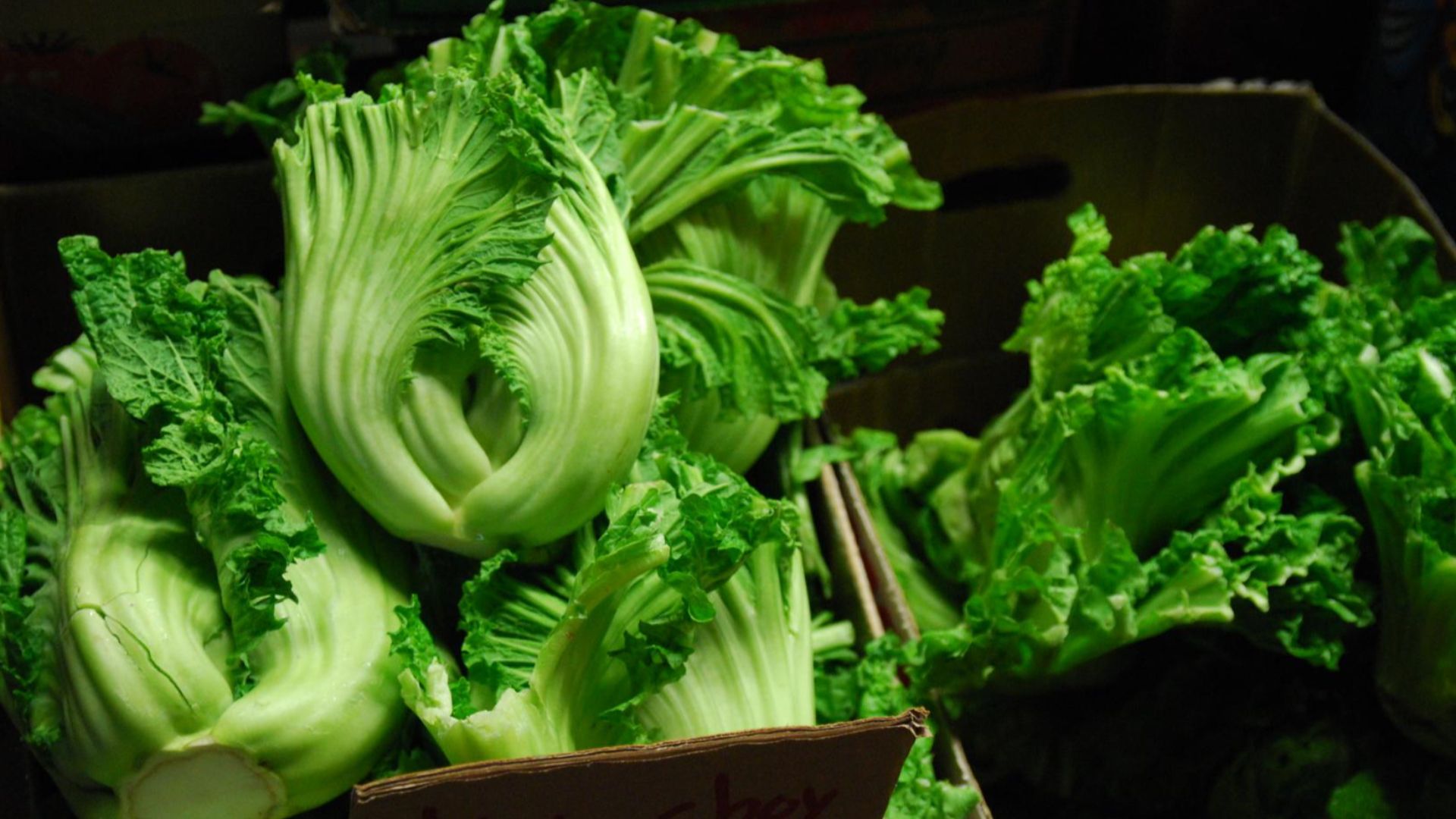 Alpha from Melbourne, Australia on Wikimedia
Alpha from Melbourne, Australia on Wikimedia
10. Raw Bael Fruit
If you've ever tasted raw bael fruit, you know it makes your taste buds cringe. Its astringent pulp is bitter on the tongue with flesh that smells like marmalade. But if you turn it into juice or a medicinal drink, it takes on a more palatable taste profile.
11. Raw Horseradish
Horseradish's heat doesn't hold back, thanks to allyl isothiocyanate. Its bitterness is fiery, sharp, and can burn your nose, but don't let that deter you. Cultivated since ancient Egypt, raw horseradish was used by early Europeans as a medicinal root before becoming a culinary staple.
12. Wild Endive Leaves
Wild endive has a unique taste thanks to the compound intybin and latex sap. Compared to other greens, its bitterness is mild, but it's still bold enough to stand out. Italians use these leaves in risottos to add a subtle complexity.
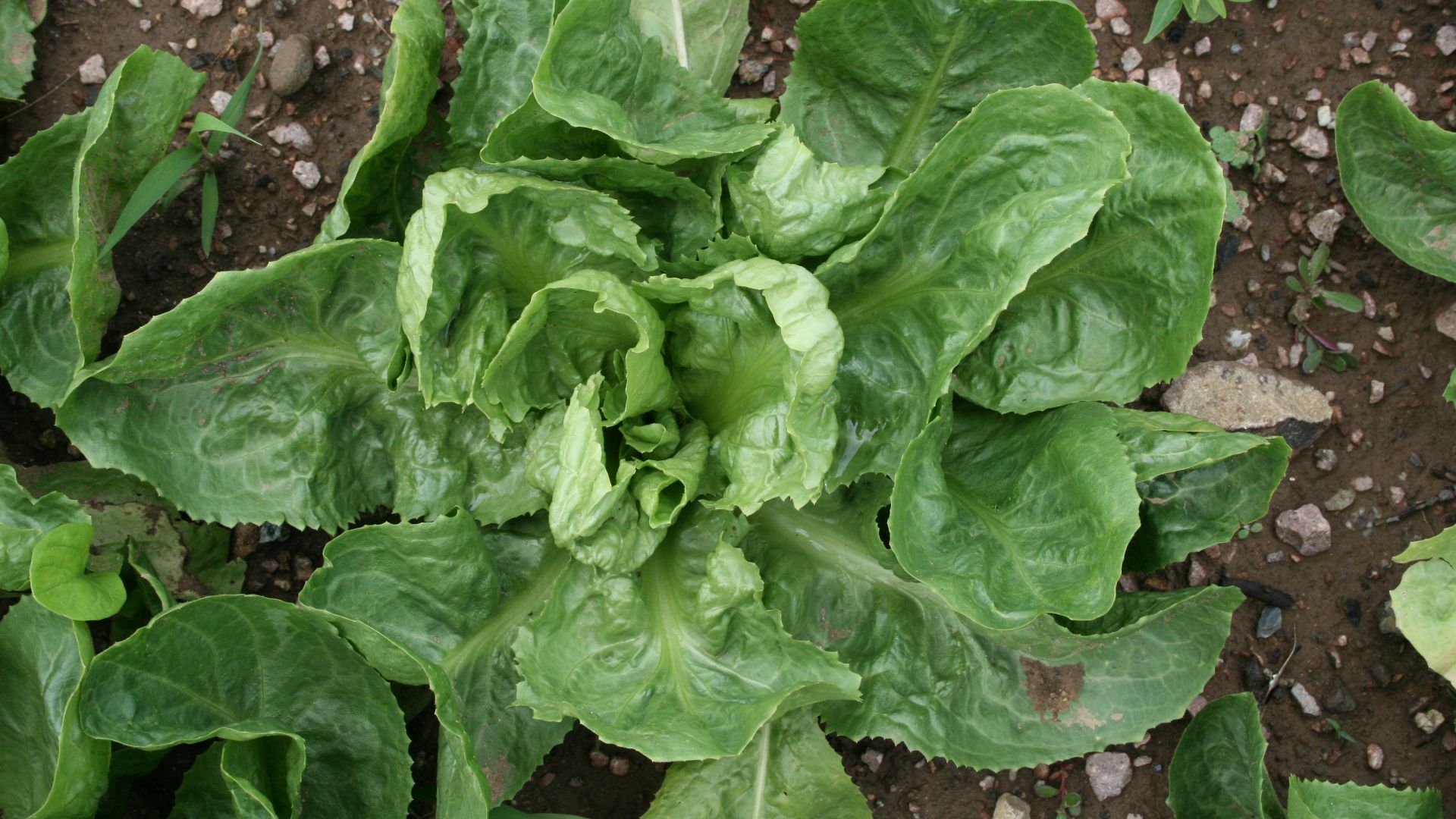 Oceancetaceen - Alice Chodura on Wikimedia
Oceancetaceen - Alice Chodura on Wikimedia
13. Raw Eggplant Skin
The bitter taste of raw eggplant skin is caused by solanine, and it fades with cooking. The purple skin contains anthocyanins, antioxidant compounds responsible for the color, which can further contribute to its sharp, astringent quality.
14. Chicory Root
Roasted chicory brings a rich, almost chocolatey flavor to coffee substitutes. Its earthy bitterness comes from compounds like lactucin. This bold root also pairs surprisingly well with rich, fatty pork, cutting through the heaviness with deep, roasted charm.
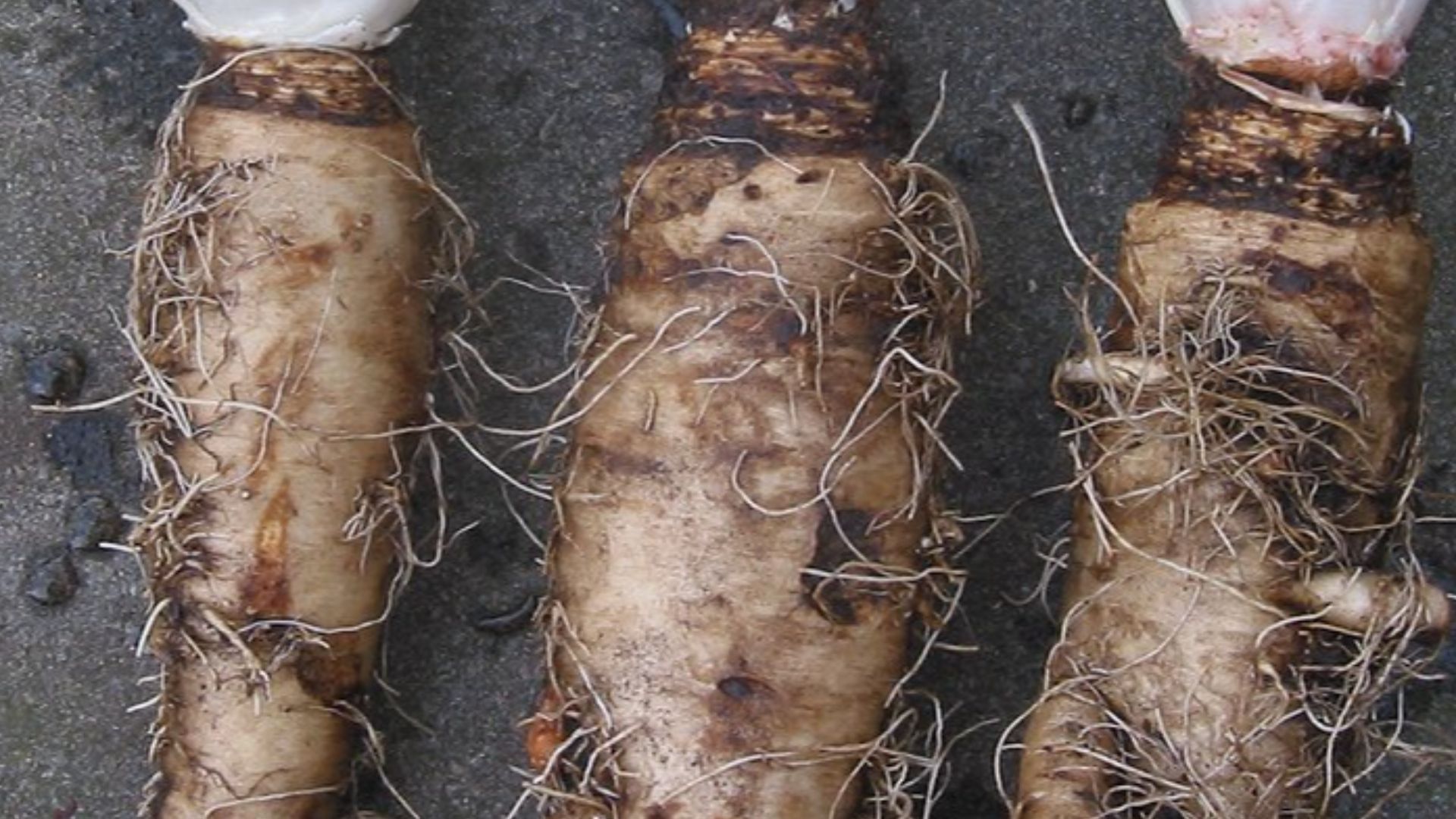 No machine-readable author provided. Rasbak assumed (based on copyright claims). on Wikimedia
No machine-readable author provided. Rasbak assumed (based on copyright claims). on Wikimedia
15. Raw Papaya
The sharp, bitter edge of raw papaya isn't for the faint of heart. That latex gives it astringency, making it a perfect fit for tangy Thai dishes like som tam. Add chili and lime to give a zesty kick, and it becomes an exotic salad that awakens certain taste buds you never knew you had.
16. Arugula Leaves
Think arugula is just a salad green? Think again. Arugula's got its bitter edge from glucosinolates that wake up any dish. In Middle Eastern cuisine, it's mixed with yogurt as a salad dressing. Its bitterness peaks in summer-grown leaves.
17. African Locust Beans
Fermented locust beans, known as iru, are a part of West African cuisine. Their intense bitterness forms the base of many savory stews, adding a complex umami flavor. You'll find them in dishes like Jollof rice, where their pungency deepens the flavor.
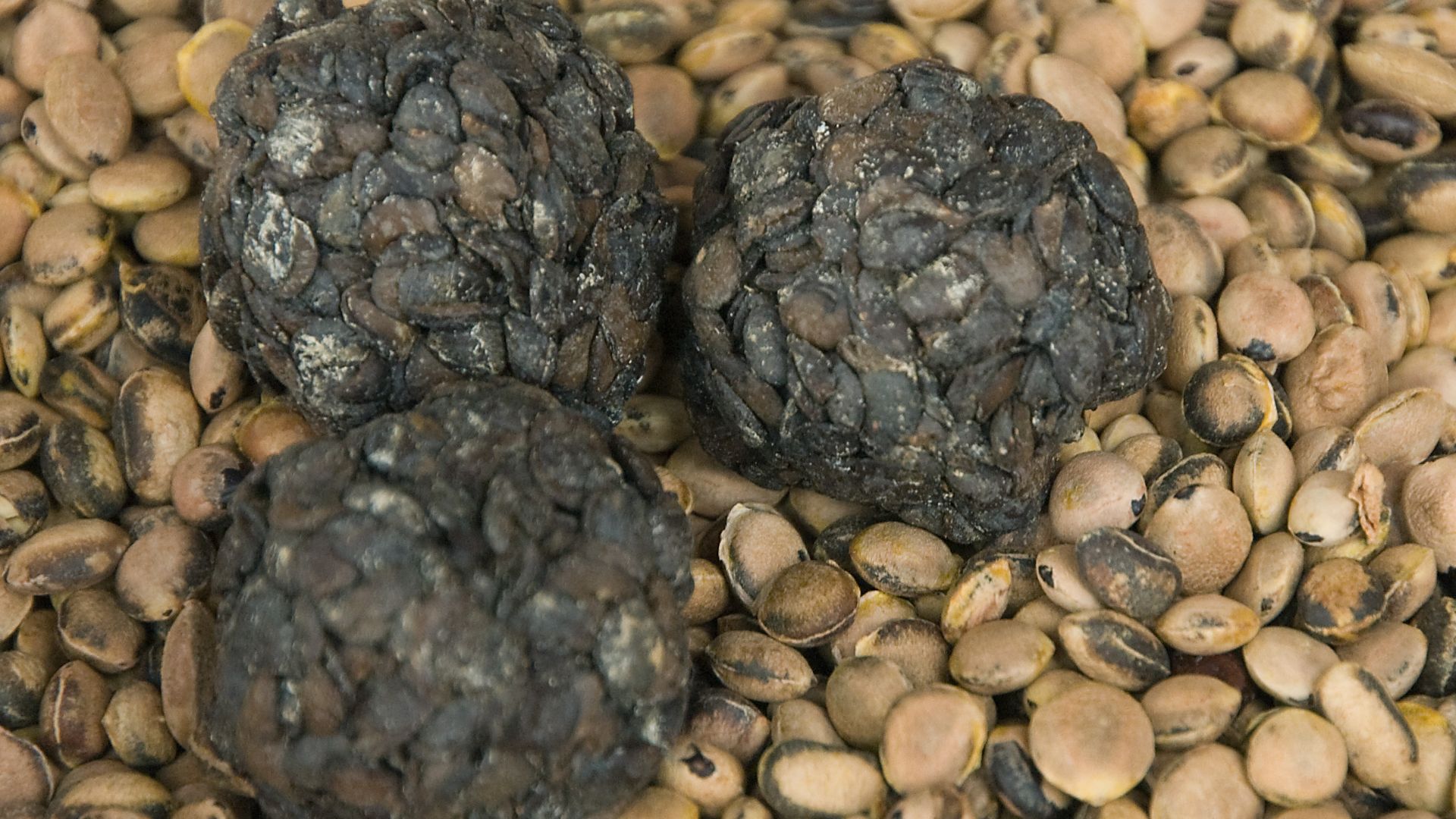 Rik Schuiling / TropCrop - Tropical Crops Services on Wikimedia
Rik Schuiling / TropCrop - Tropical Crops Services on Wikimedia
18. Raw Broccoli Rabe
Raw and bitter broccoli rabe has fueled Mediterranean diets since Roman times, when it was foraged in the wild. Prized for its vitamin C, this leafy green is best tamed with olive oil and sea salt—roasting brings out a nutty depth that pairs perfectly with fish, much like ancient coastal feasts.
19. Pea Eggplant
Heard about the pea eggplant? They pop when you bite them. Their bitterness comes from alkaloids, and when paired with coconut milk, the taste gets softer. Pea eggplants complement the spices of Thai green curry, giving the dish a nice balance.
20. Radicchio
Radicchio has been valued for its bitter bite since ancient Rome, where Pliny the Elder praised it for aiding digestion. In 15th-century Veneto, Italy, farmers refined wild chicory into the red-leafed variety we know today. Its bitterness comes from sesquiterpene lactones, and its vibrant color is a result of antioxidant anthocyanins.
KEEP ON READING

The Most Popular Chocolate Bars in the USA




